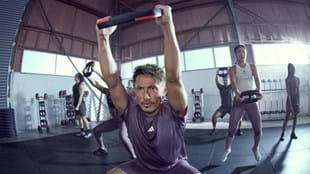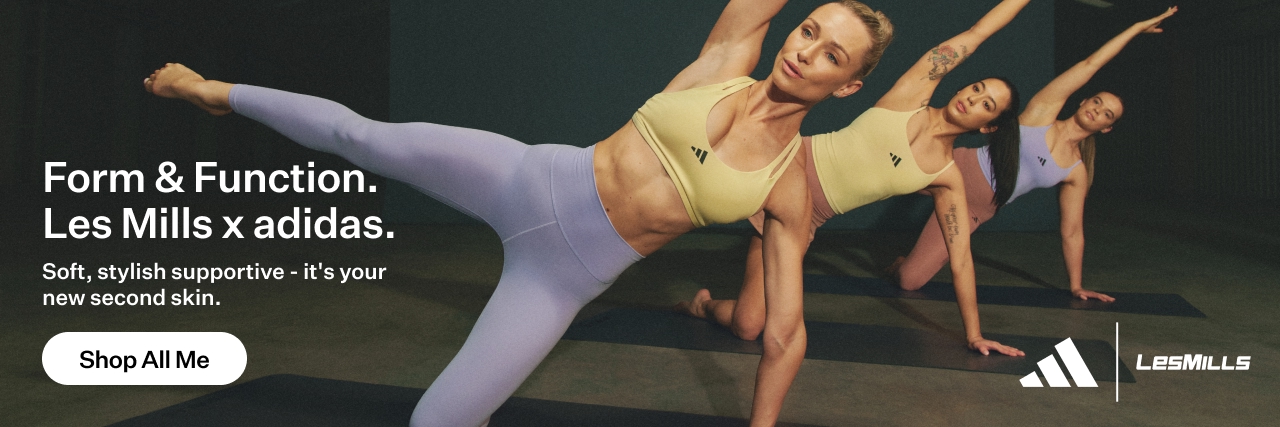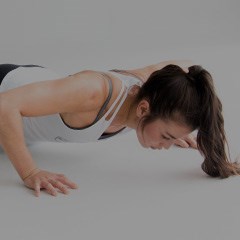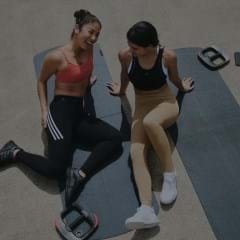The strength training movement is in full swing and increasing numbers are taking to squat racks and strength classes. While many focus on reps and load, there’s one strength fundamental that every lifter needs – a good dose of core strength.
Core strength is key to improved performance, safer movement and better workouts. But let’s be honest, conventional core exercises are nothing to get excited about. Most of us find monotonous sets of crunches and sit-ups pretty unappealing, which could be why all sorts of ridiculous fads have been cooked up to make ab training more exciting. From vibrating belts and ab rollers, to the famous 8-Minute Ab craze and unfathomable waist trainers… the world of core training has seen it all. While most will agree that these training gimmicks offer little benefit, there are some core trends that work. We spoke to a crew of core training experts to find out the trends worth paying attention to.
#1 CUTTING BACK ON CRUNCHES
Smashing out crunches and sit-ups was once the epitome of abdominal strength. But it’s certainly not the most effective way to train. “Let's face it, intensive crunching is not really an essential for everyday life,” says Bryce Hastings, Physiotherapist and Les Mills Head of Research. “We probably only crunch once a day, and that's to get out of bed. The rest of the time, we need our core to support our midsection when we're performing full-body dynamic, loaded activities."
Hastings explains that building this type of core strength comes from integrated core training. "This means using the core musculature while loading the upper and lower body, doing exercises like planks, hovers, and squat patterns." Sure, there is still a place for isolated core work like crunches, says Hastings. However, training the core while loading the arms and legs produces the type of contraction we need most often.
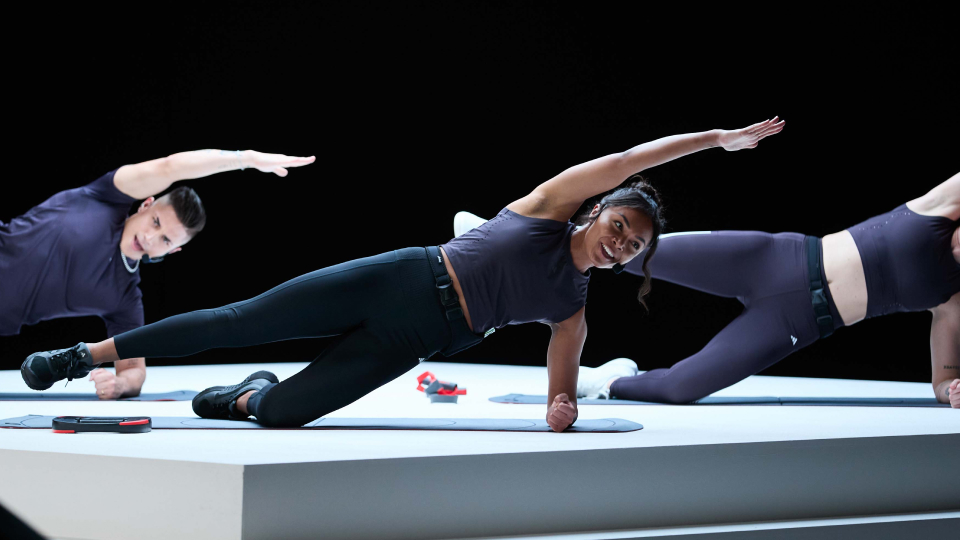
#2 HOVERS AND PLANKS ARE HERE TO STAY
Our team of experts universally agrees that it's hard to beat a hover or plank. "The traditional plank holds its place as the top core training exercise," says Kinesiologist, Dr. Jinger Gottschall. "You recruit the three-dimensional core muscles from the shoulder to the hip, from the back to the front and both sides."
For Dr. Gillian Hatfield, an Assistant Professor in Kinesiology and lecturer in biomechanics and athletic injuries, hovers are particularly effective because they support multiple training modalities – and this is why their popularity is primed to thrive. “Hovers are great exercises because they engage the upper body (particularly the muscles around the shoulders), the lower body (particularly the muscles around the hips), and the abdominal and low back muscles in between,” she says. “And on top of building strength, these exercises also build endurance, which is important because our core muscles need to work constantly during our daily activities.”
The endurance advantages are backed up by research showing that isometric exercise (where you hold a muscle in a fixed position, as you do in a hover or plank) is better for endurance than dynamic jump-focused exercise. What’s more, these types of isometric exercises induce less fatigue yet still building significant strength. When put to the test, scientists found 42 to 100 days of isometric training increased muscle strength by up to 92%. And, because isometric holds are gentler on the body, you are less likely to deal with post-workout muscle soreness.
If you want to get the most from your hovers and planks, research shows the hover (also known as a forearm plank) elicits the most muscle activation. Or you can mix it up, suggests Hatfield. "You can lift an arm or a leg to increase the demand on the muscles, or you can add movement, like you do with a Bear Crawl and get into cross-patterning core work."
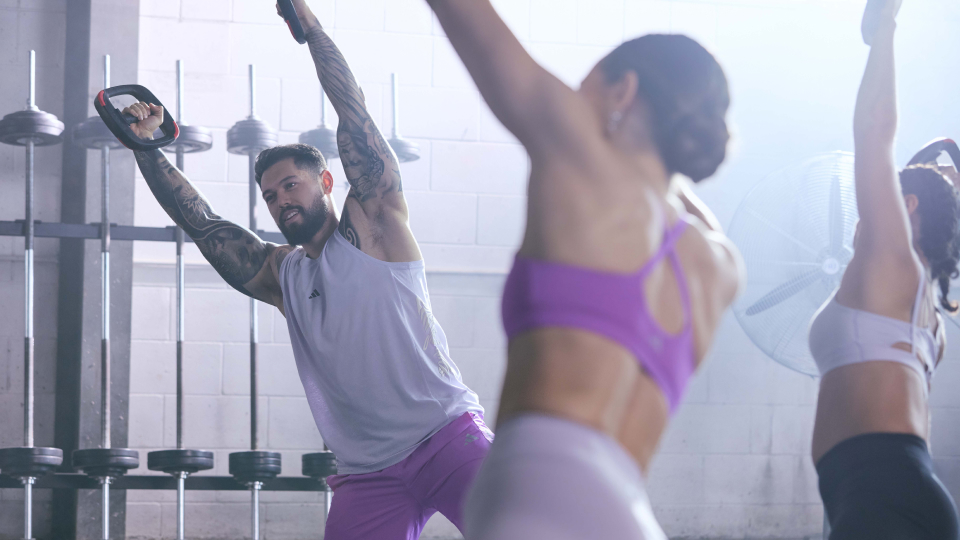
# 3 CROSS PATTERNING FOR THE WIN
Hatfield has seen an increased focus on ‘cross patterning’, with moves like the Bear Crawl and Dead Bug becoming more prevalent. Cross patterning involves coordinated movement of the opposite arm and leg, and is a very functional type of core training that reflects the cross-patterned movements we do in everyday life. “Think about walking and running,” she explains. “Your arms and legs are working in opposition: as your right leg moves forward, so does your left arm.”
Hatfield predicts that as core training evolves to include more of these whole-body movements, it will be increasingly embraced by athletes looking to enhance performance. It's particularly smart training for runners. Research shows runners who followed a six-week integrated core training program improved their economy, symmetry and speed – shaving an average of 66 seconds off their 5k run time.
#4 RAMPING UP INCIDENTAL CORE WORK
Functional training or a power circuit might not seem like an obvious core workout, but this type of functional exercise puts a lot of demand on the muscles in your midsection. It’s a concept called reactive core training. Reactive core training is where your core muscles engage and strengthen to improve stability and control in response to unexpected movements. Workouts like LES MILLS FUNCTIONAL STRENGTH™ and LES MILLS CEREMONY™ are both great ways to get a reactive core training hit. Hastings adds that kicking and punching can provide a surprisingly good core workout, or, if you really want to challenge your abs, you can try doing forward jumps the length of a basketball court.
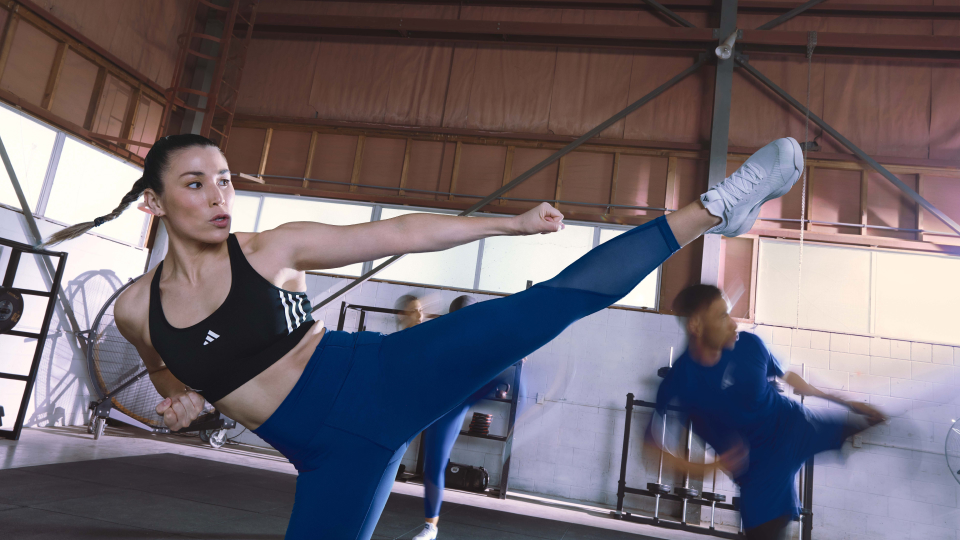
#5 TECHNOLOGY FOR TOP TECHNIQUE
Wearable sensors are great at telling you your heart rate, cadence, steps, and calories burned, etc. But how do you know if your hips are too high during your hover? And can you tell if you've truly activated all of your core? Turning to technology could be the way to go. According to Hatfield, the core training world is perfectly primed to adopt biofeedback technology to help us perfect technique. She explains that electromyography is already being used to identify the most effective movements, while interactive AI motion coach apps are being designed to facilitate perfect form.
Will this technology extend to new ab training equipment? Who knows?! But both Hastings and Gottschall suggest that any new-fangled ab equipment is unnecessary. "There will always be magic bullets offered to achieve that elusive six-pack," says Hastings. "But as a general rule, if someone is standing next to a piece of equipment with a six-pack, they probably didn't get it from that particular device – so save your money and your garage space!"
Gottschall is a fan of variety, so she enjoys occasionally adding equipment (weights, medicine balls, resistance bands, stability balls, TRX) to provide a new core challenge and a unique type of overload. But she stresses equipment is NOT a necessity for building a strong core.
FRESH THINKING FOR INJURY PREVENTION
For years, physiotherapists and chiropractors have been the first port of call for anyone looking to recover from the acute effects of having a weak and unstable core. Now, with more people realizing a strong core can prevent back pain and reduce leg injuries, people are turning to fitness professionals for preventative advice – and it all hinges on core strength.
In the past, many rehabilitation specialists and fitness professionals have had an obsession with isolated exercises targeting small muscles like the transversus abdominus and the multifidus. Early research showed that in injury-free participants, these small muscles turned on in advance of arm or leg movement, but their firing was delayed in people with lower back pain. This was commonly misinterpreted and the belief emerged that these small muscles were super important in "spinal stability". However, more recent research shows this isn't the case. "We now know the importance of engaging the global muscles of the trunk, as well as the arms and legs," says Hatfield. Based on this, we can expect even more focus on cross-patterning and using exercises involving upper and lower extremities, in addition to the core muscles.
WHY CORE STRENGTH MATTERS MORE THAN A SIX-PACK
We're waking up to the fact that washboard abs aren't everything. “The real value of core training is not a chiseled six-pack; it's how it improves full-body functionality," says Hastings. "The best thing about core training is the better strength in the abs, glutes and back muscles, which makes you better at lifting, running and doing anything that requires power."
"We all have a six-pack, most of us have just got stuff covering it up!" He adds, "If you want to trim your waistline, you're way better off doing something to shed body fat. But, really, it would be better to see a trend where people forget about creating washboard abs and just try to get as strong and healthy as we can."
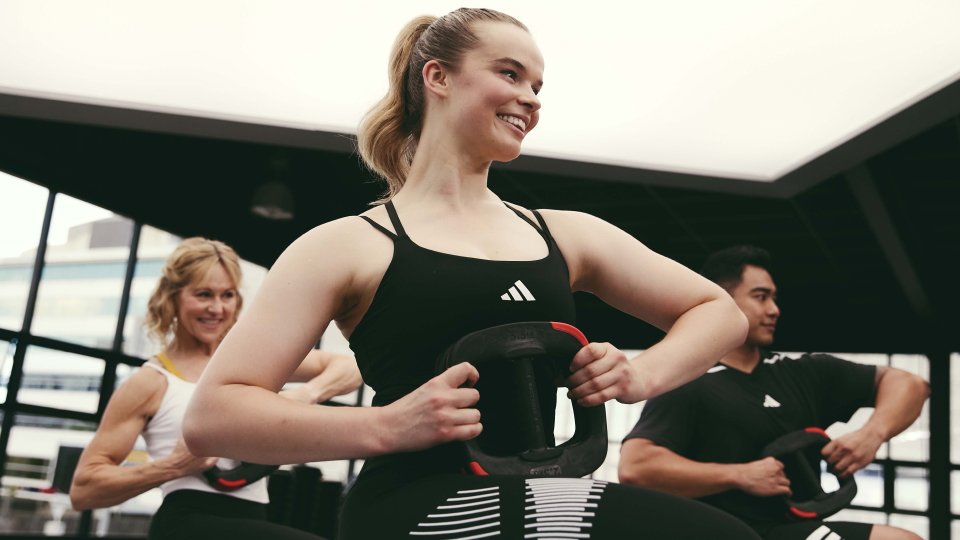
KEEN TO STAY ON TOP OF THE TRENDS?
LES MILLS CORE™ is the ultimate science-backed core workout. With a new release every three months, each workout features a combination of proven exercises and new core innovations.
FIND A WORKOUT WORK OUT ON DEMAND
Bryce Hastings
A global expert in the science behind group training, Bryce Hastings has led ground-breaking research and collaborated with internationally-renowned research partners to unearth the latest and most effective fitness techniques. He has co-developed research programs on core conditioning, high-intensity interval training and exercise strategies for sedentary individuals, while also having a critical role in ensuring every LES MILLS™ program is safe, effective and grounded in science.
Dr. Jinger Gottschall
A passionate advocate for physical activity, Dr. Gottschall has dedicated her career to finding programs that promote balanced, healthy lifestyle choices while delivering the results they promise. This has involved leading numerous studies exploring exercise efficacy and founding the FITOLOGY group training studio. She earned her doctorate degree in integrative physiology from the University of Colorado at Boulder, then furthered her academic career as a postdoctoral fellow in neurophysiology at the Emory School of Medicine, and as an Associate Professor in Kinesiology at The Pennsylvania State University. Dr. Gottschall is an Adjunct Associate Professor in the Department of Biobehavioral Science at Columbia University, a Science Advisor for the American Council on Exercise and a member of the Les Mills Research team.
Dr. Gillian Hatfield
Dr. Gillian Hatfield is a biomechanics and athletic injuries teacher and researcher, with a background in physiotherapy. She specializes in biomechanics and muscle activation patterns, with a particular interest in the effect of exercise interventions on knee osteoarthritis or low back pain. In addition to being an Associate Professor in Kinesiology at Canada's University of the Fraser Valley, Dr. Hatfield is also a certified Les Mills Instructor and member of the Les Mills Research team.



